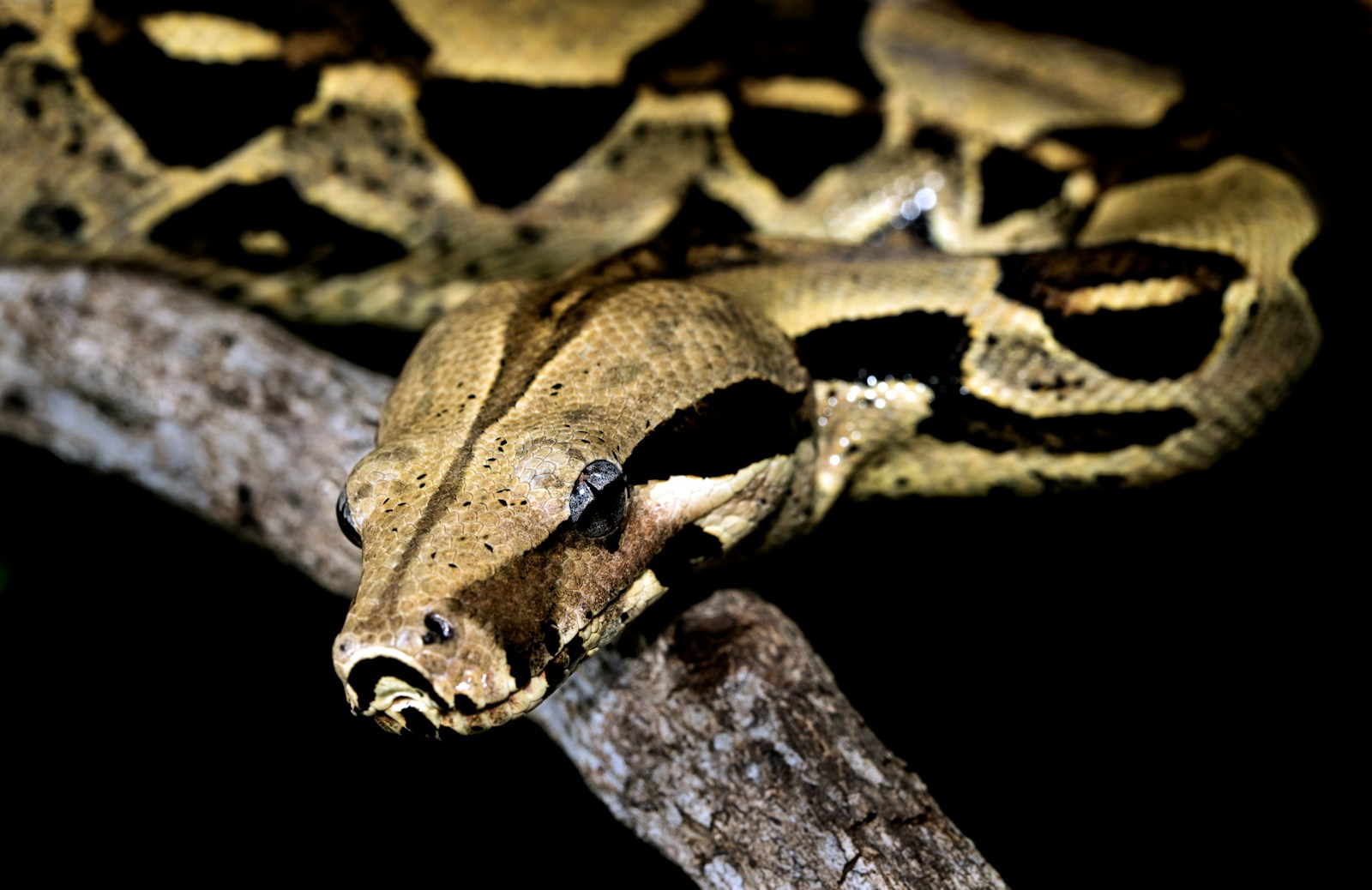The mesmerizing world of snake reproduction offers a fascinating glimpse into evolutionary strategies and parental behaviors that vary dramatically across species. While many people assume all snakes simply lay their eggs and slither away, the reality is far more complex and intriguing. Some serpent mothers fiercely protect their clutches for weeks, coiling around them protectively and even sacrificing meals to ensure their offspring’s survival. Others deposit their eggs in carefully selected locations and immediately depart, never to see their young. These contrasting reproductive strategies represent millions of years of evolutionary adaptation to different environments, predatory pressures, and resource availability. In this article, we’ll explore the fascinating diversity of snake parental care systems, the evolutionary factors that shape them, and what these differing strategies tell us about the remarkable adaptability of these reptiles.
The Spectrum of Snake Parental Care
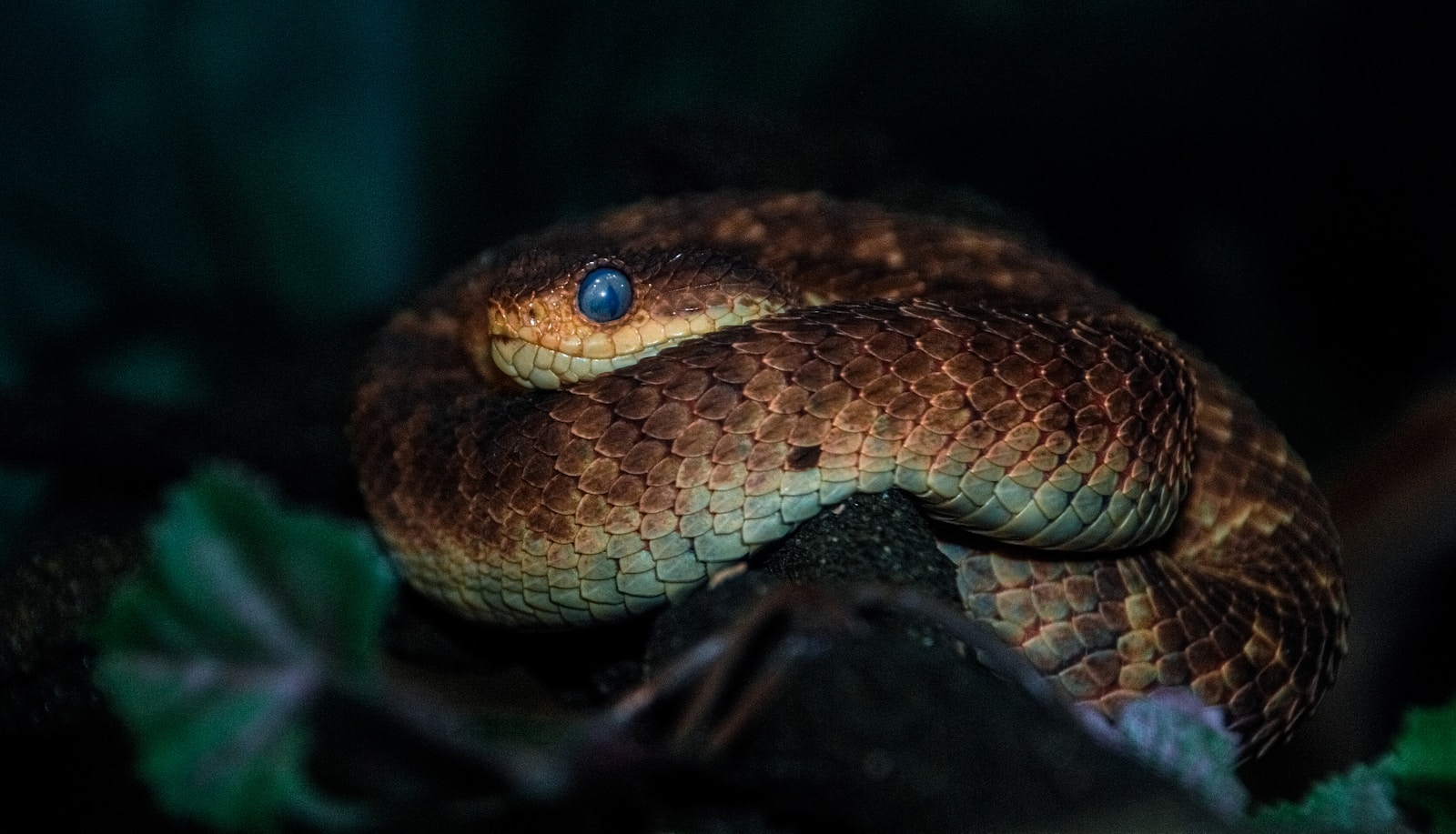
Snake parental care exists along a fascinating spectrum, ranging from complete abandonment to dedicated protection lasting weeks. At one end, species like king cobras and pythons invest significant energy in guarding their eggs, with some pythons even generating body heat through muscle contractions to maintain optimal incubation temperatures. In the middle of the spectrum, some colubrids may briefly attend to eggs after laying before moving on. At the opposite extreme, many species including most colubrids and elapids deposit their eggs in suitable locations and immediately abandon them, providing no parental care whatsoever. These differences don’t indicate varying levels of “good parenting” but rather represent different evolutionary solutions to the challenge of successfully producing the next generation in diverse habitats and ecological circumstances.
Egg-Guarding Champions: Python Species
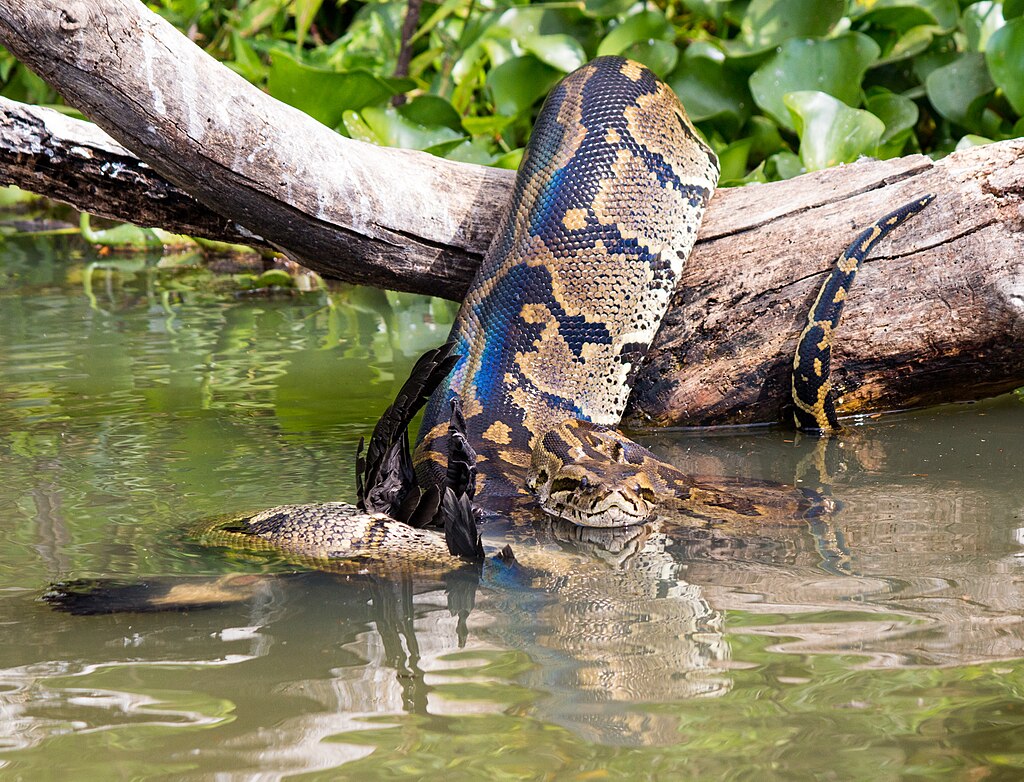
Python species represent some of nature’s most dedicated reptilian parents, with females exhibiting remarkable maternal behaviors rarely seen in the reptile world. After laying their eggs, female pythons coil tightly around the clutch, protecting them from predators and maintaining ideal incubation conditions. Beyond mere physical protection, female pythons perform remarkable feats of thermoregulation, using specialized muscles to “shiver” and generate heat, effectively raising their body temperature to warm the developing eggs. This maternal dedication comes at significant cost – guarding females rarely feed during the incubation period, which can last 2-3 months, resulting in substantial weight loss and energy expenditure. Indian and African rock pythons are particularly noted for their aggressive defense of egg clutches, with mothers striking repeatedly at potential threats that approach their precious offspring.
The King Cobra’s Royal Nursery

The king cobra (Ophiophagus hannah) demonstrates one of the most elaborate nest-building and egg-guarding behaviors among snakes, establishing it as an exceptional outlier in the snake world. Unlike most egg-laying snakes, the female king cobra actively constructs a nest by gathering vegetation and debris into a mound, which provides both protection and heat generated through natural decomposition processes. After depositing her eggs within this carefully constructed nursery, the female remains vigilant nearby, guarding against potential predators for the entire incubation period of approximately 60-90 days. What makes this behavior particularly remarkable is that king cobras are otherwise solitary creatures that typically avoid confrontation with larger animals, yet mothers will aggressively defend their nests against any perceived threats, including humans. This maternal dedication represents a significant evolutionary investment, as the female must forgo feeding during this extended guarding period, substantially depleting her energy reserves.
The Evolutionary Logic Behind Egg Abandonment

Egg abandonment, practiced by the majority of oviparous (egg-laying) snake species, represents a highly successful evolutionary strategy rather than parental negligence. By depositing eggs in thermally stable, protected locations like rotting vegetation, abandoned rodent burrows, or decomposing logs, these species ensure their offspring receive adequate incubation conditions without requiring maternal presence. This strategy allows female snakes to conserve energy and immediately resume feeding and mating activities, potentially producing additional clutches within the same season. From an evolutionary perspective, abandonment represents an optimal balance between reproductive investment and survival probability – the energy that might be spent guarding one clutch can instead be directed toward producing more offspring or ensuring the mother’s survival to breed again. Species like rat snakes, corn snakes, and many colubrids have thrived using this reproductive approach, demonstrating its effectiveness as an evolutionary strategy despite appearing less nurturing by human standards.
Live Birth: The Ultimate Maternal Investment
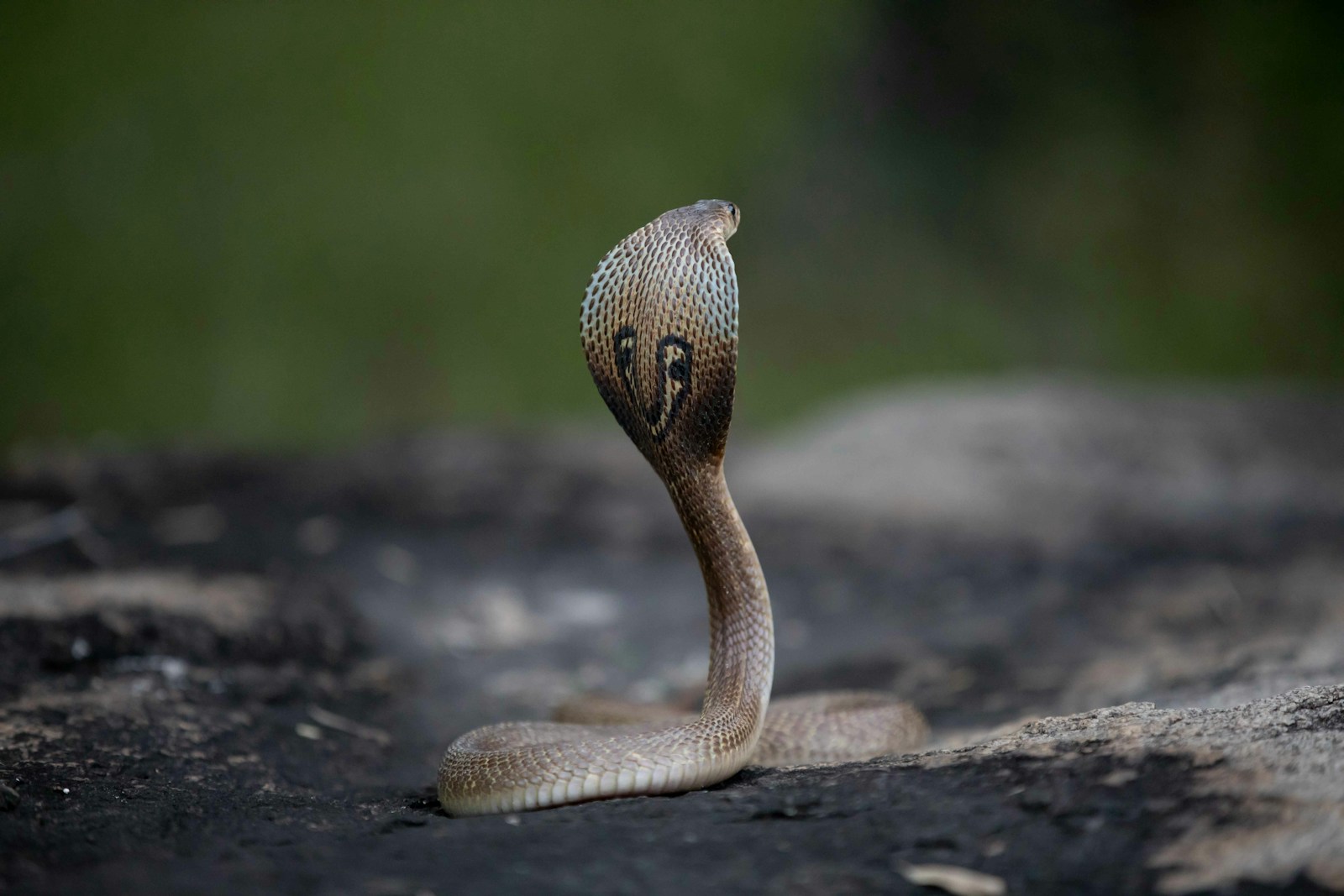
Approximately 30% of snake species have evolved viviparity (live birth), representing perhaps the ultimate form of maternal investment by carrying developing young internally until they’re ready to face the world. Species like rattlesnakes, boa constrictors, and garter snakes retain fertilized eggs within their bodies, providing direct nourishment and protection throughout embryonic development. This reproductive strategy offers significant advantages in harsh environments where external eggs might face extreme temperature fluctuations, high predation rates, or unsuitable incubation conditions. The maternal sacrifice is substantial – pregnant females often become slower, more vulnerable to predation, and must divert significant energy resources to developing offspring instead of their own growth or survival. In some viviparous snake species like certain pit vipers, newly-born young may remain with their mother for a brief period after birth, receiving a short period of protection before dispersing to independence.
Environmental Factors Influencing Parental Strategies
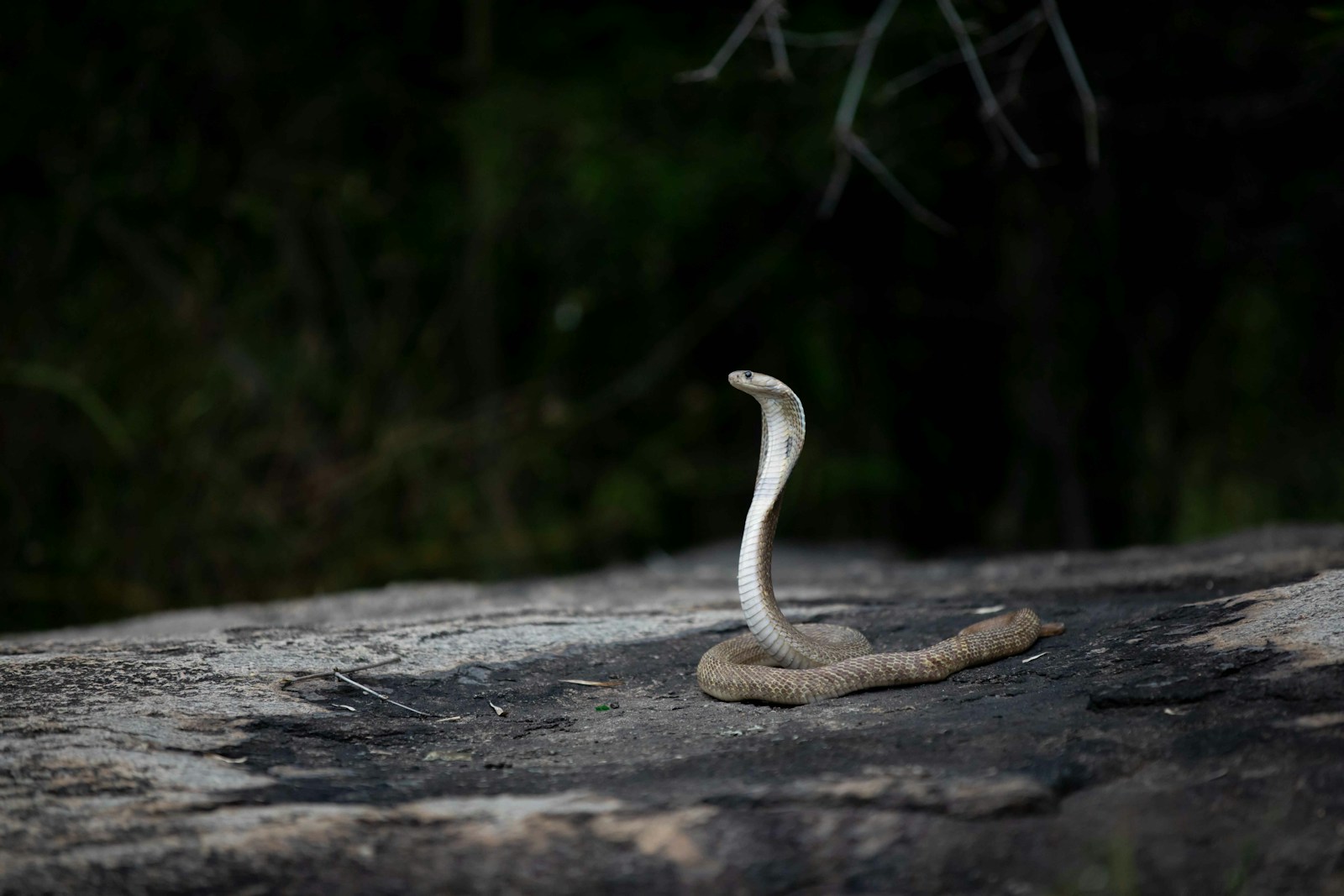
Environmental conditions play a decisive role in shaping whether a snake species evolves egg-guarding or egg-abandoning behaviors. In habitats with high predation pressure, unstable temperatures, or limited suitable egg deposition sites, the survival advantage provided by maternal guarding may outweigh its costs. Conversely, in environments with abundant secure nesting locations and stable temperatures, the additional energy expenditure of egg-guarding provides diminishing returns compared to abandonment. Climate appears particularly influential, with a higher proportion of egg-guarding species found in tropical regions where temperature stability is less predictable and decomposing vegetation may require maternal regulation. Geography creates fascinating comparative examples – closely related snake species often exhibit different parental strategies when they inhabit different regions, highlighting how local environmental conditions drive reproductive adaptations. Researchers studying these patterns can often predict a species’ likely parental behavior by assessing its habitat’s characteristics, even before direct observation.
Temperature Regulation and Maternal Behavior
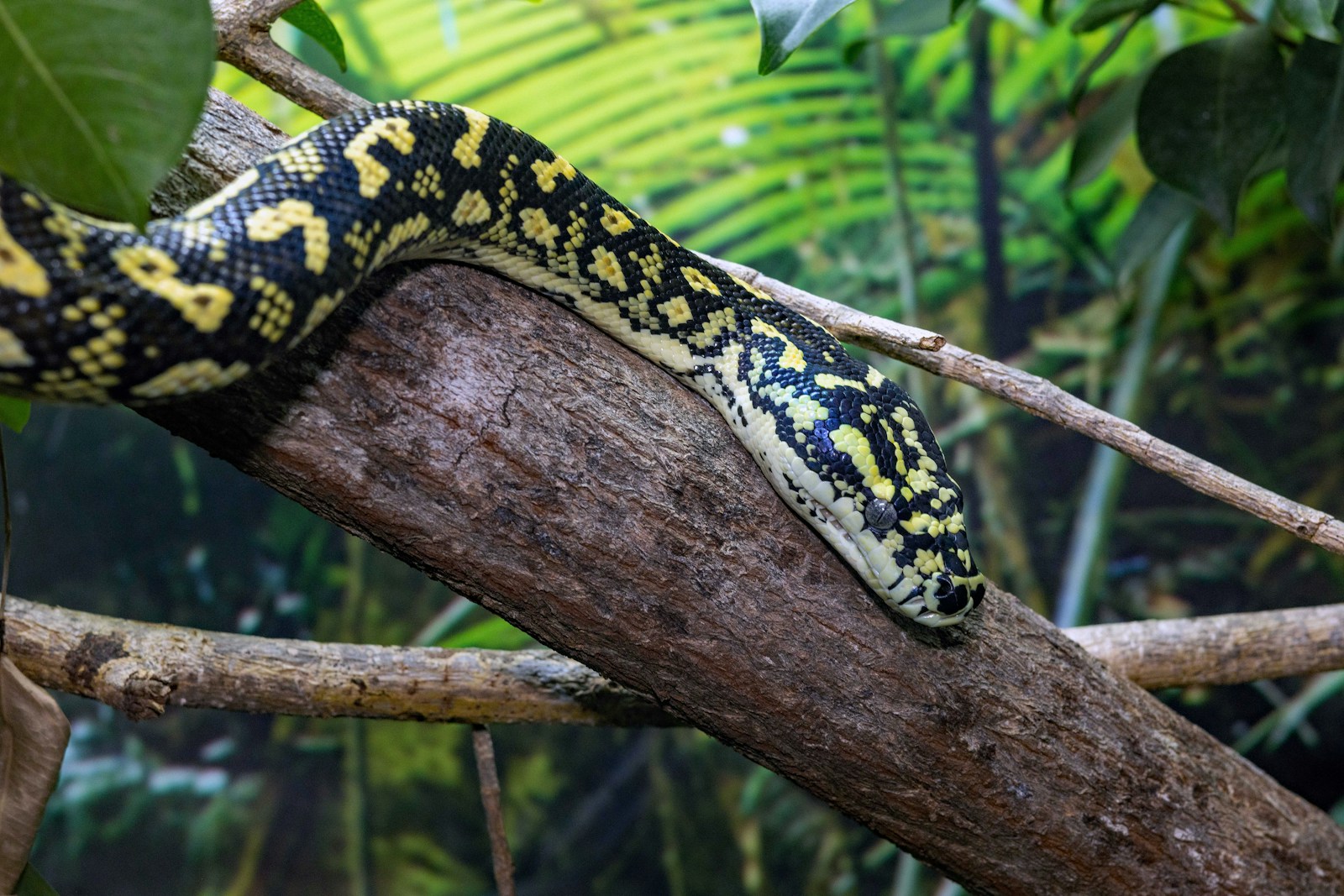
Temperature regulation represents one of the most critical factors in successful snake egg incubation, with even minor deviations potentially causing developmental abnormalities or mortality. Egg-guarding species like pythons have evolved remarkable adaptations to control clutch temperatures, with females using “shivering thermogenesis” – contracting specialized muscles to generate heat – raising their body temperature by up to 7°C (12°F) above ambient conditions. This maternal temperature regulation ensures embryos develop at optimal temperatures between 30-33°C (86-91°F), significantly increasing hatching success rates. King cobras take a different approach, building nests from vegetation that generates heat through natural decomposition processes, then remaining to regulate ventilation by adjusting the nest structure. In contrast, egg-abandoning species must select deposition sites with remarkably stable temperatures, with females often testing potential locations for days before committing to egg-laying, demonstrating how crucial temperature management remains even in abandonment strategies.
The Metabolic Cost of Egg Guarding

Egg guarding represents a significant metabolic investment for female snakes, with measurable physiological costs that help explain why this strategy isn’t universal. Python mothers guarding clutches typically fast for the entire incubation period, which can last 2-3 months, resulting in average weight losses of 20-40% of their pre-laying body mass. The energetic cost becomes even more substantial for species that engage in shivering thermogenesis, with studies showing female pythons may increase their oxygen consumption by up to 350% during active warming periods. This dramatic energy expenditure necessitates extensive pre-laying feeding and fat storage, with females often consuming larger and more frequent meals in the months preceding reproduction. Research tracking post-incubation females shows delayed recovery periods, with many egg-guarding species requiring months to regain condition and frequently skipping reproduction in subsequent seasons due to depleted energy reserves.
Predator Pressure and Defensive Adaptations

Predation pressure significantly influences whether snake species adopt egg-guarding or egg-abandoning strategies, with each approach offering different solutions to the threat of egg predators. Guarding species actively defend against potential threats, with maternal presence dramatically reducing predation rates – studies show protected python clutches experience 85-90% lower predation than artificially unguarded control clutches. To enhance defensive capabilities, many egg-guarding species display heightened aggression during the incubation period, with females exhibiting lower strike thresholds and more persistent defensive behaviors than when not guarding eggs. Egg-abandoning species employ alternative anti-predator strategies, including producing chemical deterrents in egg membranes, selecting cryptic or inaccessible deposition sites, synchronizing communal laying to overwhelm predators, or laying eggs during seasons when egg predators are less active. The relative effectiveness of these different approaches varies by habitat, creating a complex evolutionary landscape where different strategies flourish in different ecological contexts.
Communal Nesting: Strength in Numbers
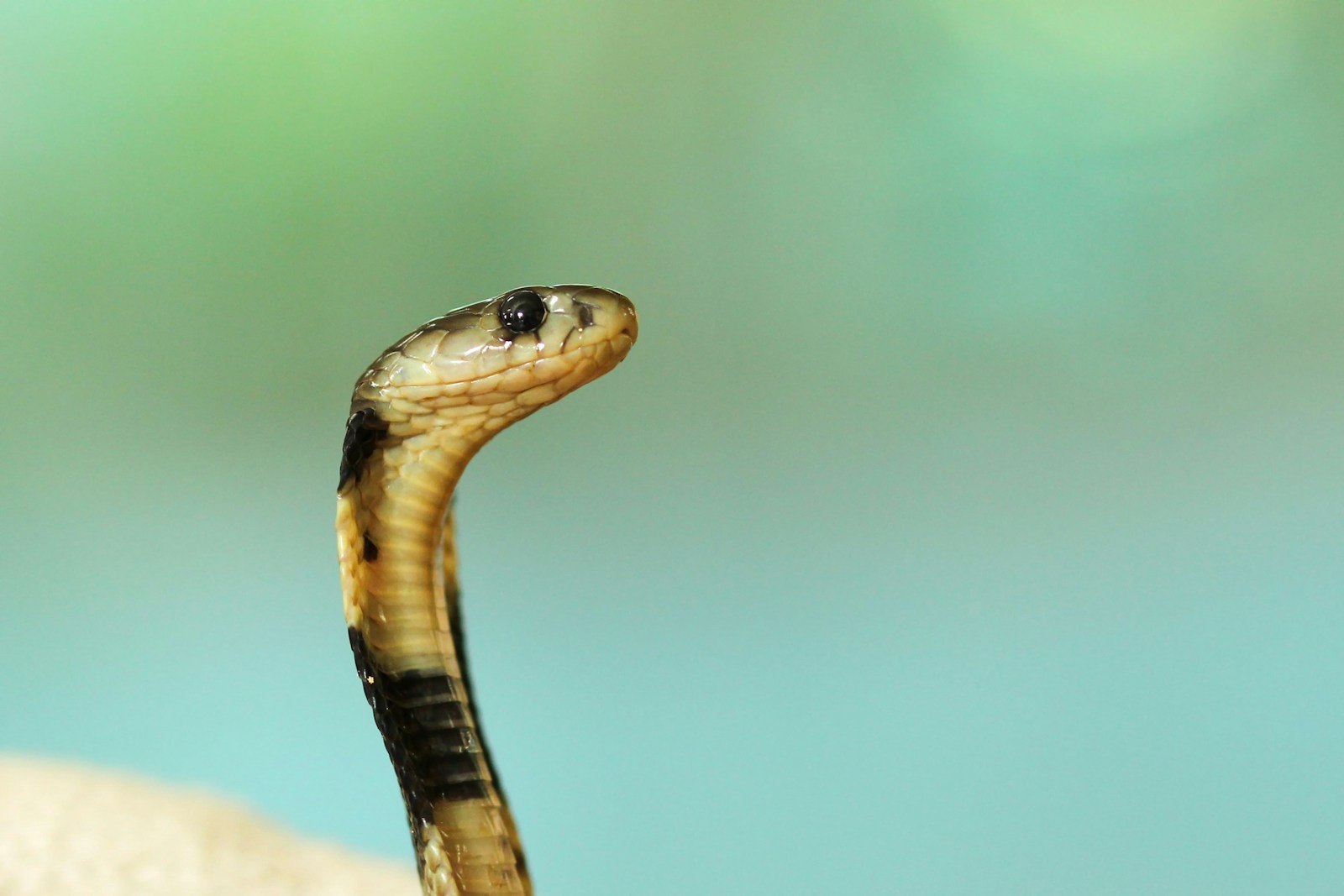
Several snake species have evolved communal nesting behaviors, creating fascinating variations on traditional egg-abandonment strategies that provide partial benefits of protection without requiring individual maternal attendance. Species like the black rat snake (Pantherophis obsoletus) and certain garter snakes will collectively deposit eggs in exceptionally suitable microhabitats, sometimes creating massive communal nests containing hundreds or even thousands of eggs from dozens of females. These communal sites confer multiple adaptive advantages – the concentrated egg mass maintains more stable internal temperatures through thermal inertia, individual eggs become less accessible to predators within the larger mass, and the statistical probability of any single female’s eggs being targeted decreases. Remarkably, some communally nesting species show rudimentary cooperation, with females arriving at different times but coordinating egg placement to optimize clutch arrangement and thermal benefits. These communal strategies represent evolutionary compromises, capturing some protective benefits without requiring the full energy investment of individual egg attendance.
Evolutionary History and Phylogenetic Patterns
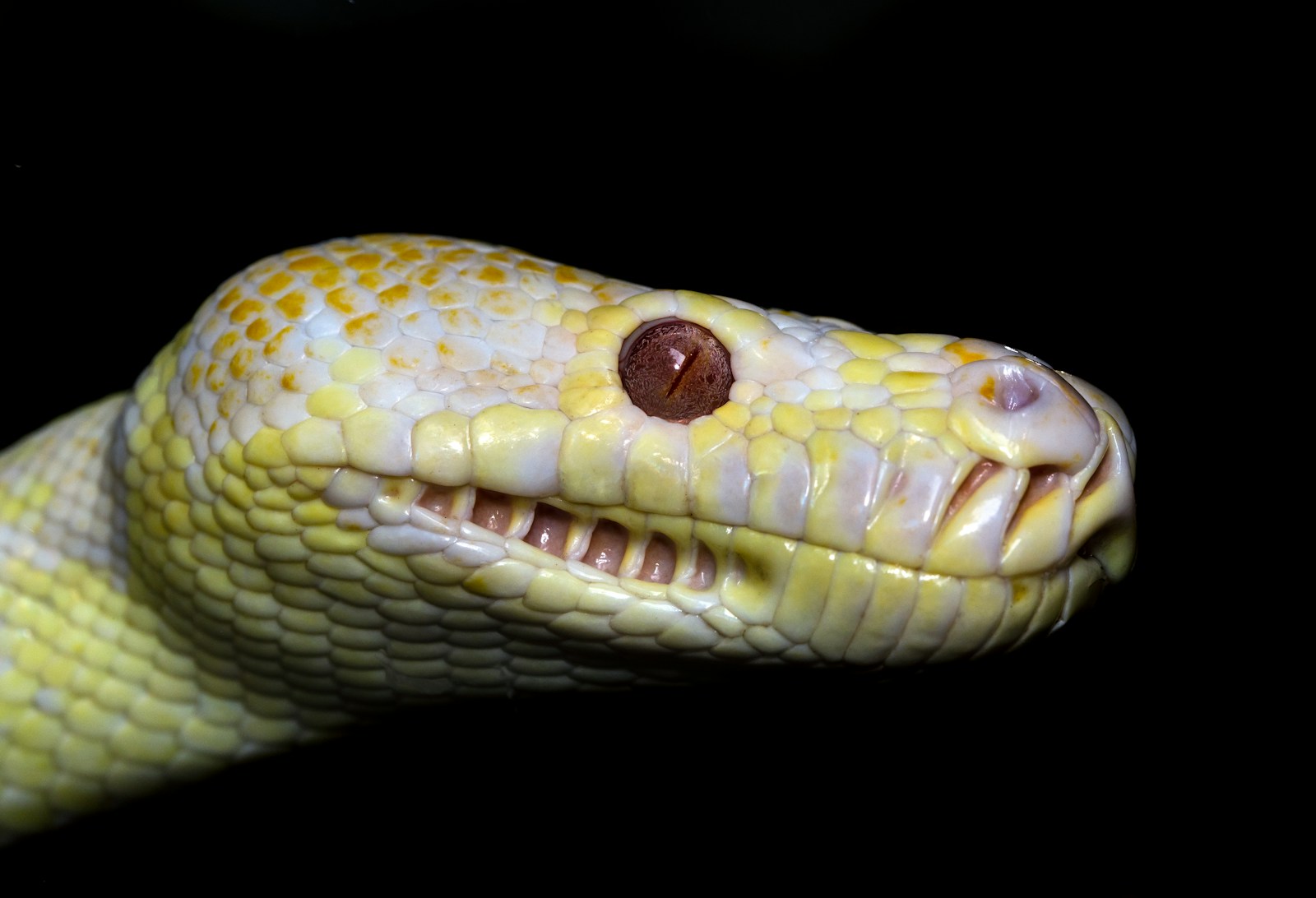
Phylogenetic analysis reveals fascinating patterns in the evolution of snake parental care, suggesting egg-guarding behaviors have evolved independently multiple times rather than representing an ancestral trait. The most comprehensive studies indicate maternal egg attendance has emerged separately in at least four major snake lineages – pythons, cobras, certain vipers, and some specialized colubrids – representing classic examples of convergent evolution toward similar solutions for reproductive success. Examination of the snake evolutionary tree suggests egg abandonment likely represents the ancestral condition, with guarding behaviors emerging as specialized adaptations in specific lineages facing particular environmental challenges. Interestingly, transitional species exist that demonstrate intermediate behaviors, such as short-term egg attendance followed by abandonment, potentially representing evolutionary pathways between strategies. Close phylogenetic analysis also reveals that once egg-guarding evolves within a lineage, it rarely reverts to abandonment, suggesting that once the physiological and behavioral adaptations for guarding develop, they tend to be maintained even if environmental conditions change.
Trade-offs Between Clutch Size and Parental Care
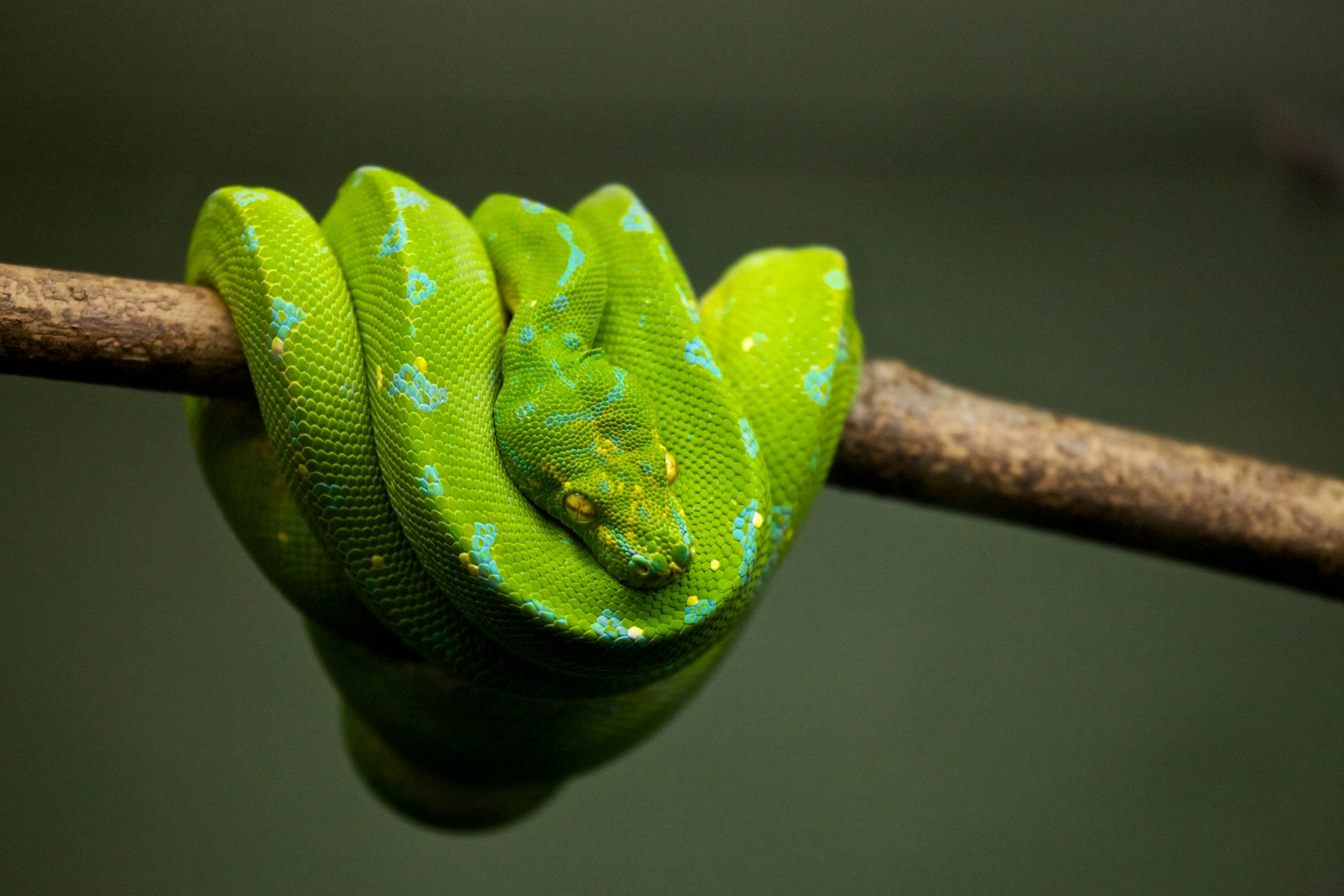
A clear inverse relationship exists between the degree of parental investment and clutch size across snake species, demonstrating classic life-history trade-offs in reproductive strategy. Egg-guarding species typically produce significantly smaller clutches than egg-abandoning relatives of similar size, with pythons averaging 6-30 eggs per clutch compared to 30-80 eggs in similarly-sized abandoning species like rat snakes. This reproductive trade-off reflects the biological reality that energy devoted to parental care cannot simultaneously be invested in producing additional eggs. The mathematics of reproductive success becomes a complex equation balancing quantity versus quality – fewer eggs with higher individual survival rates versus more eggs with lower survival probability. Longitudinal studies tracking lifetime reproductive success suggest these different strategies achieve remarkably similar overall fitness outcomes despite their dramatic differences in approach. The trade-off extends to reproduction frequency as well, with egg-guarding species typically reproducing every 2-3 years, while many egg-abandoning species can produce annual or even biannual clutches.
Conservation Implications of Parental Strategies
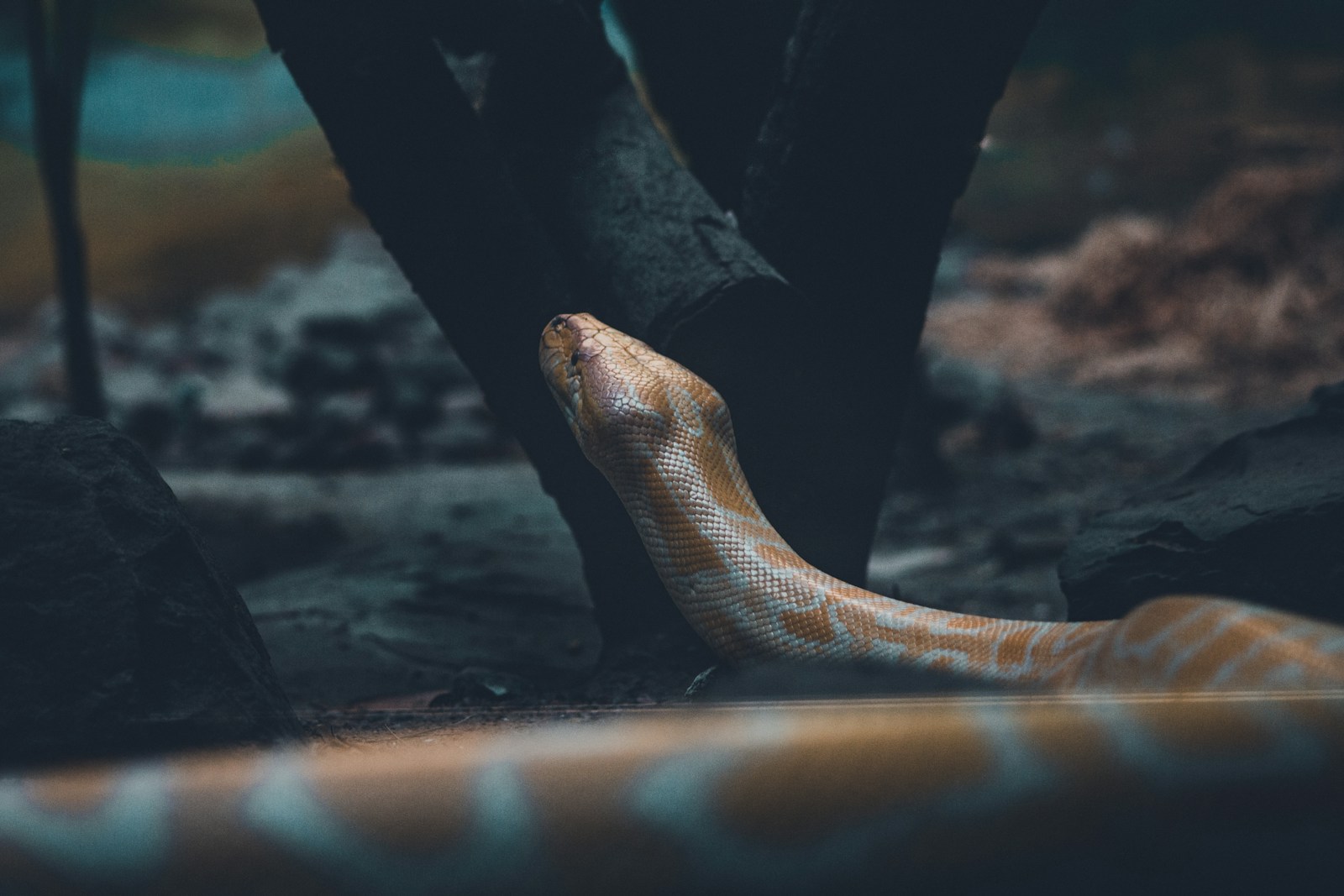
The diverse parental strategies employed by different snake species have significant implications for conservation efforts and vulnerability to environmental changes. Egg-guarding species often face heightened conservation challenges due to their lower reproductive rates, longer generation times, and specific nesting requirements, making population recovery more difficult following declines. Climate change poses particular threats to temperature-dependent egg development, with both strategies facing challenges – guarding species may experience increased metabolic stress during incubation as temperatures rise, while abandoning species may find fewer suitable deposition sites with appropriate thermal properties. Human activities frequently disrupt snake reproductive activities, with egg-guarding species particularly vulnerable to disturbance during their extended attendance periods. Conservation programs increasingly recognize the need for strategy-specific protection measures, such as establishing protected areas around known python nesting sites during incubation seasons or creating artificial nest structures with appropriate thermal properties for egg-abandoning species in degraded habitats.
Conclusion: Adaptive Diversity in Serpent Parenting
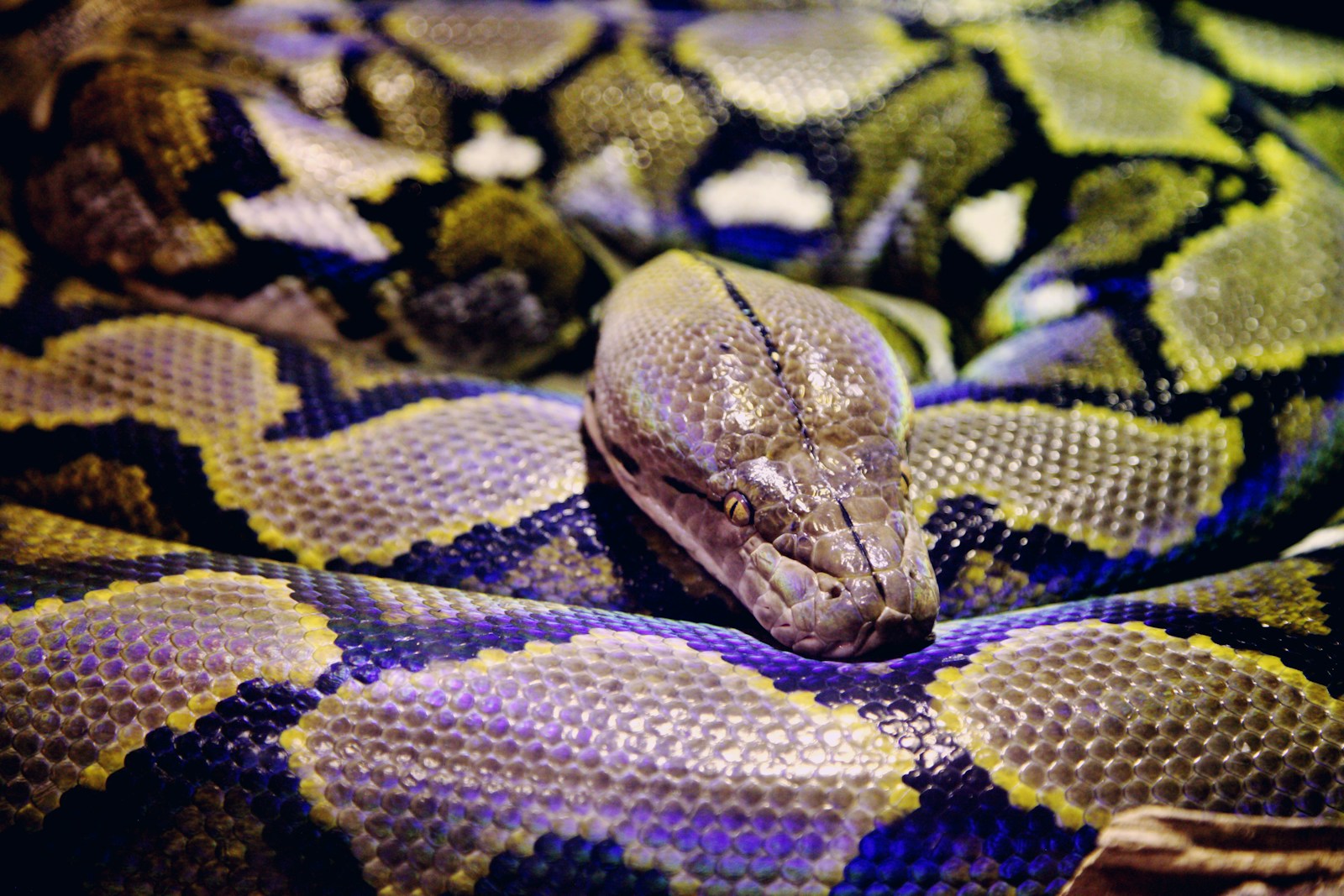
The remarkable diversity of parental care strategies in snakes highlights the incredible adaptability of these ancient reptiles across millions of years of evolution. From the self-sacrificing pythons that fast for months while warming their eggs to the strategic egg-abandoners that carefully select optimal deposition sites before moving on, each approach represents a successful solution to the fundamental challenge of reproduction. Rather than viewing any strategy as superior, we should appreciate how these different approaches reflect the varied environmental pressures and ecological niches these animals occupy. The next time you encounter a snake in the wild or in captivity, consider the fascinating reproductive journey that brought it into the world – whether through dedicated maternal care or strategic abandonment – and marvel at the evolutionary ingenuity that has allowed these remarkable reptiles to thrive across virtually every habitat on Earth.

